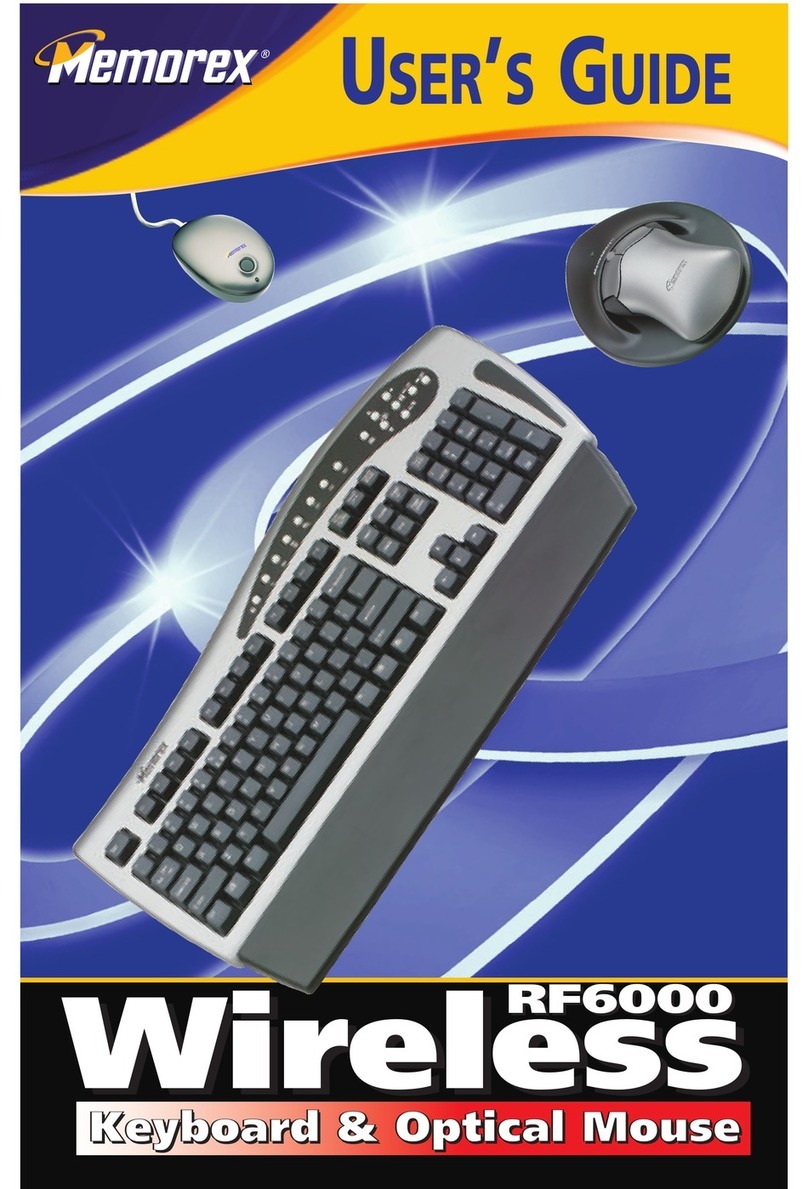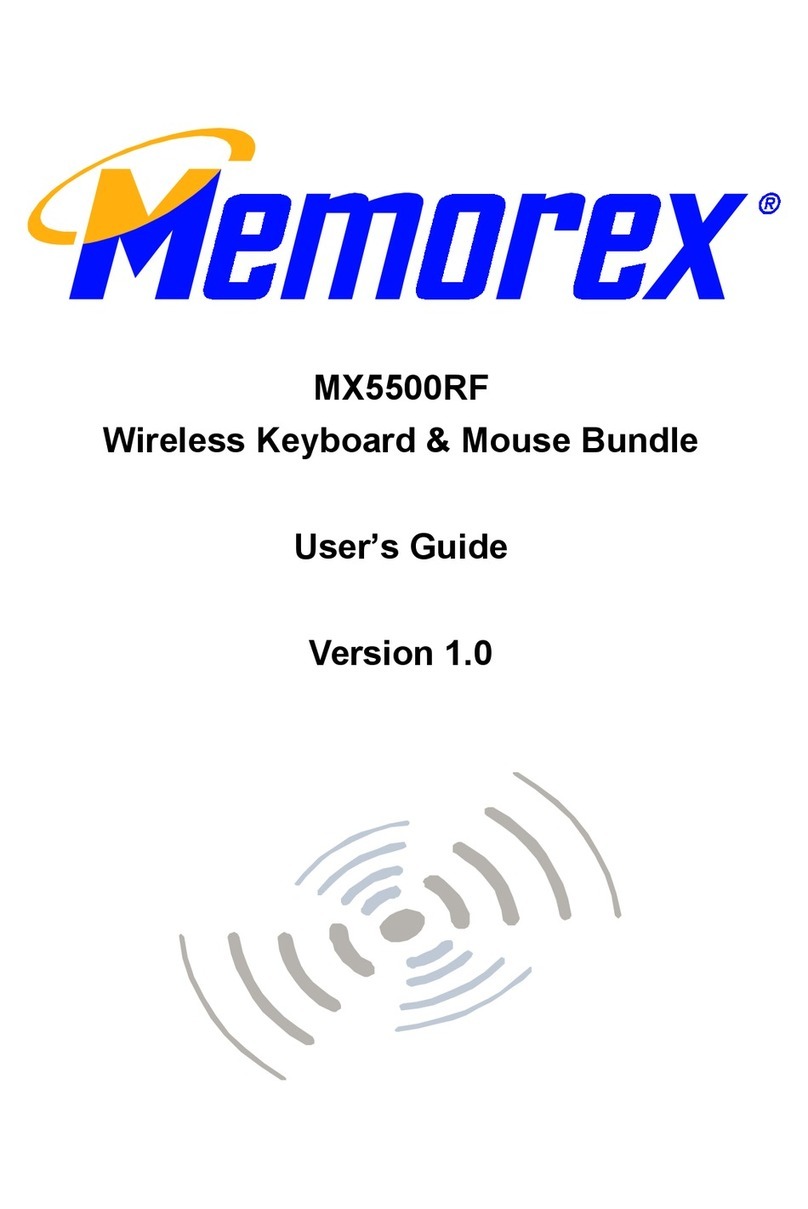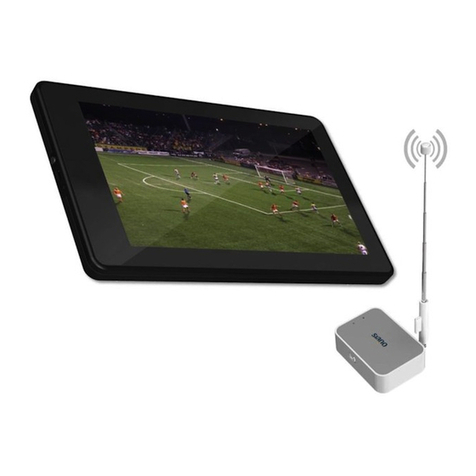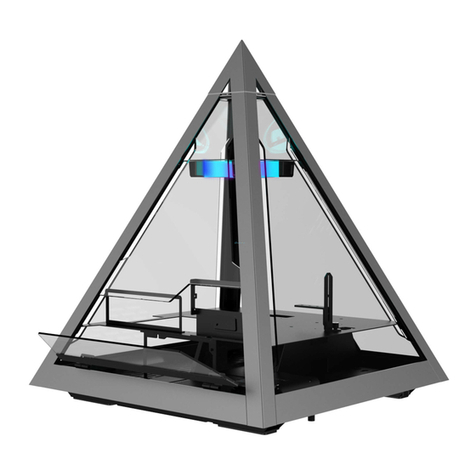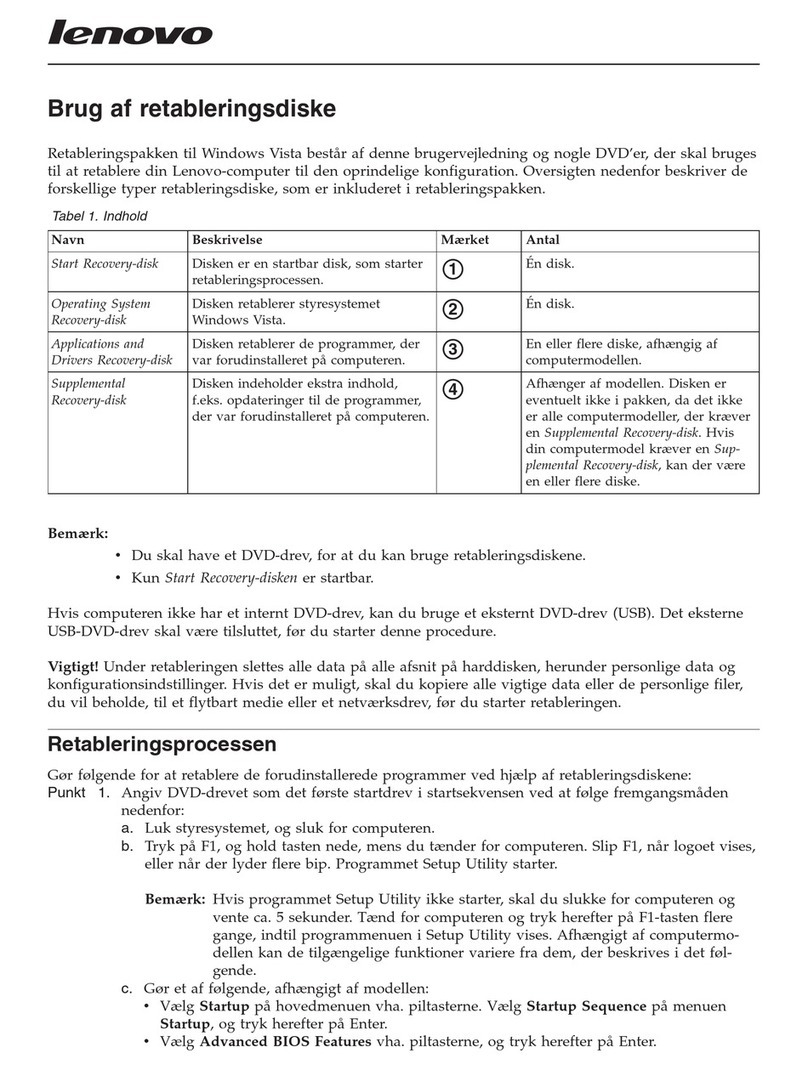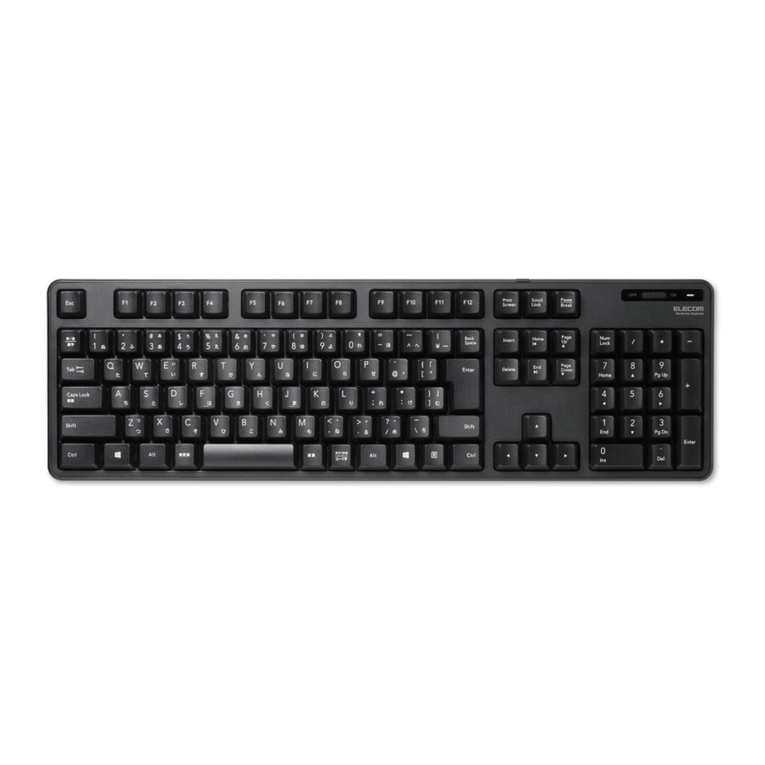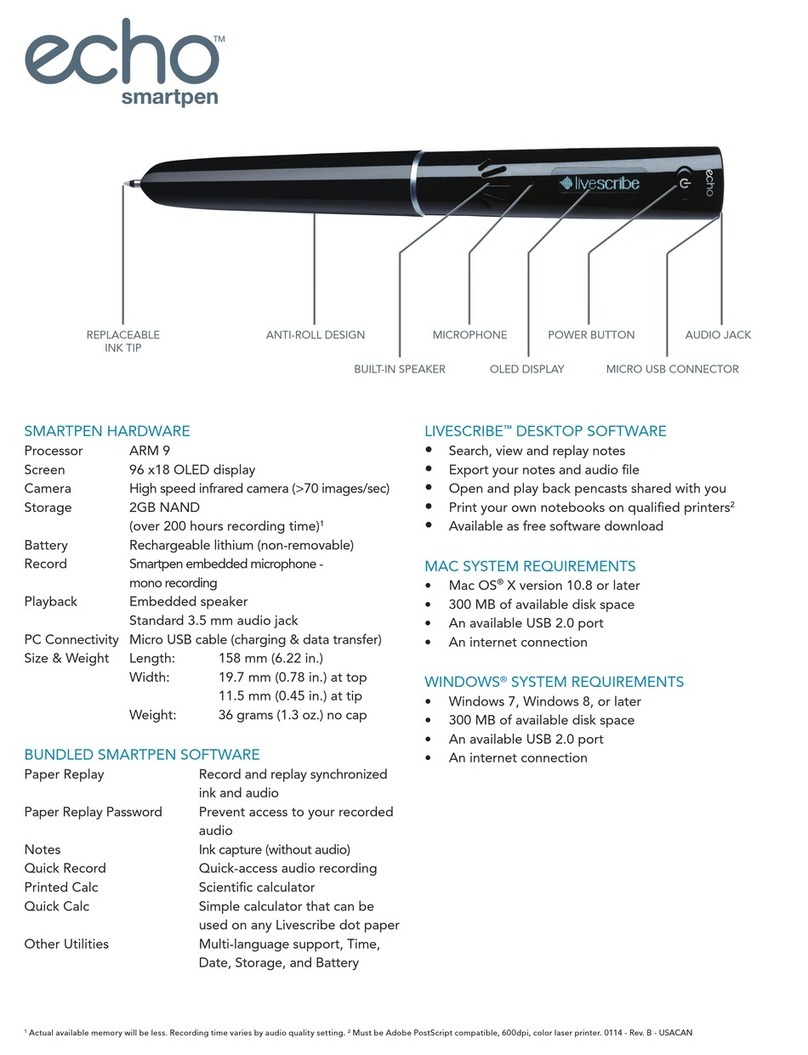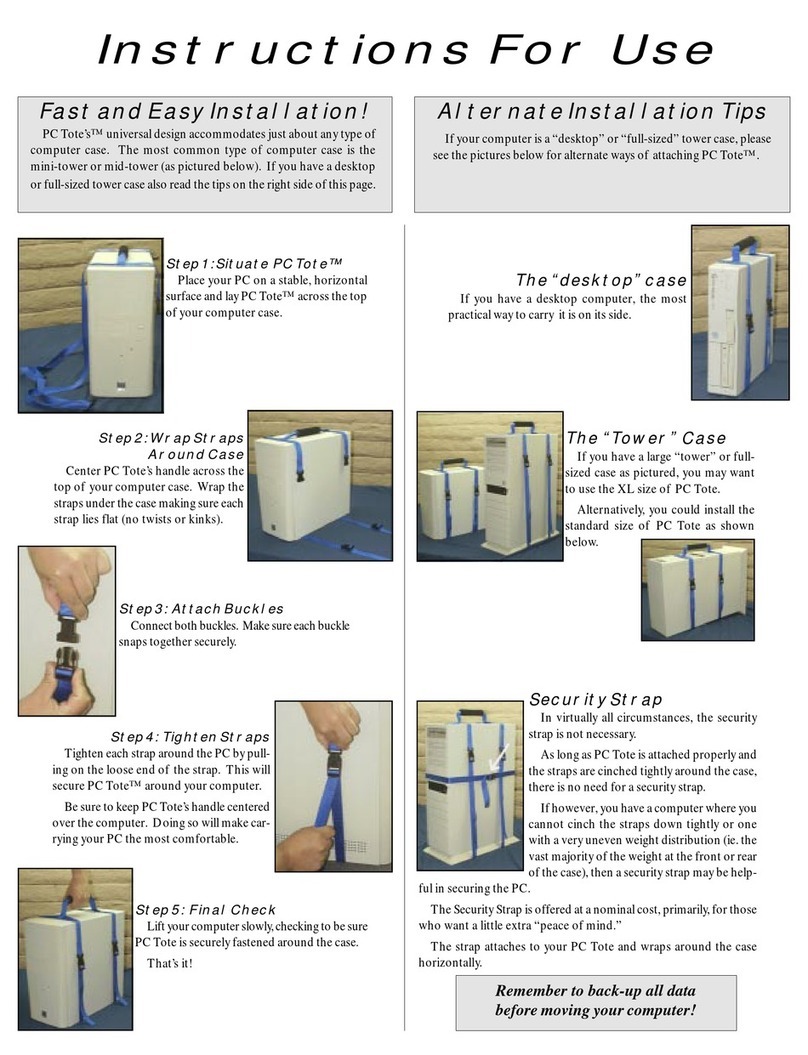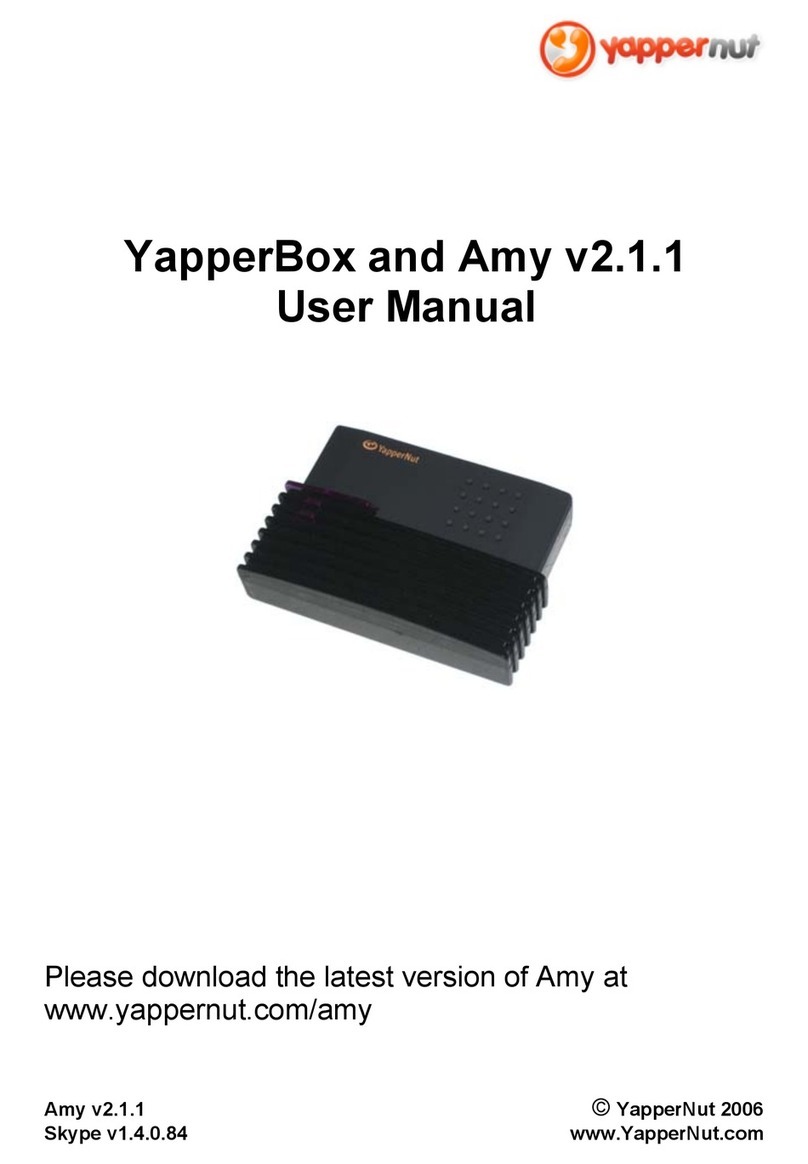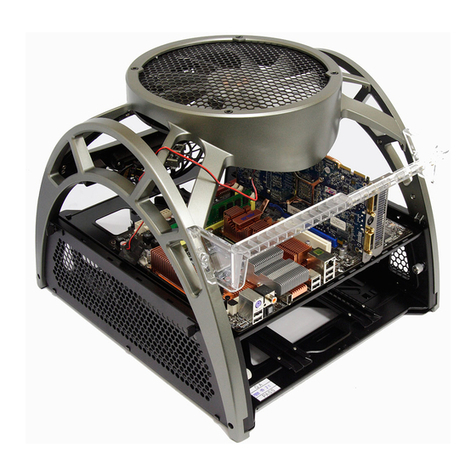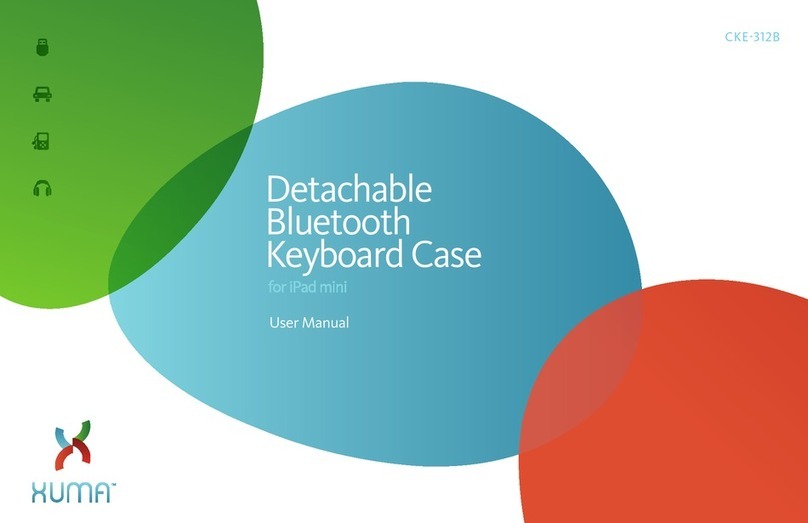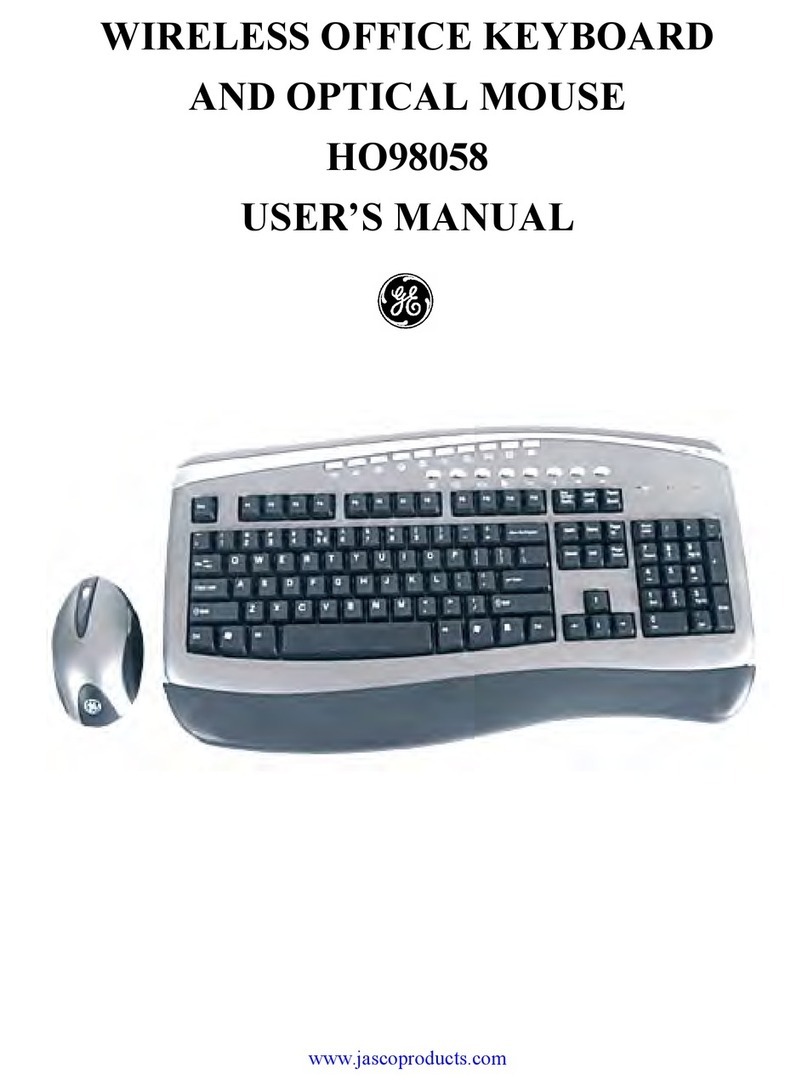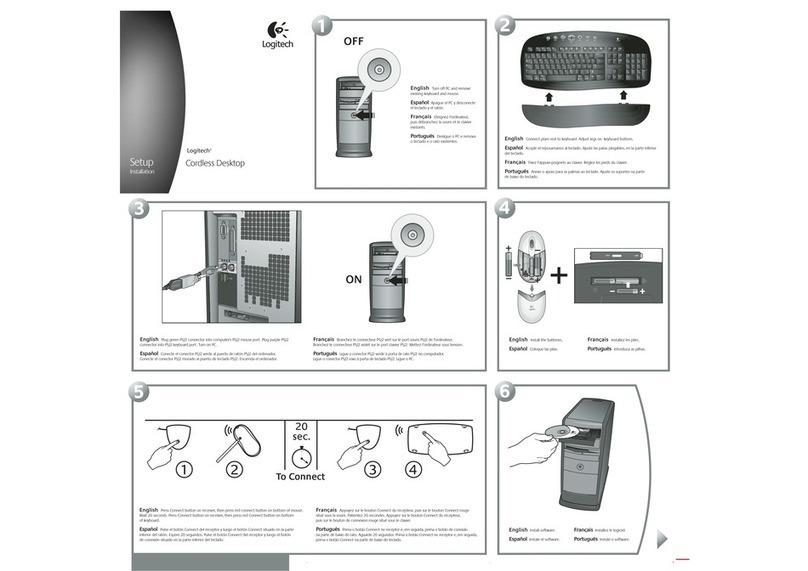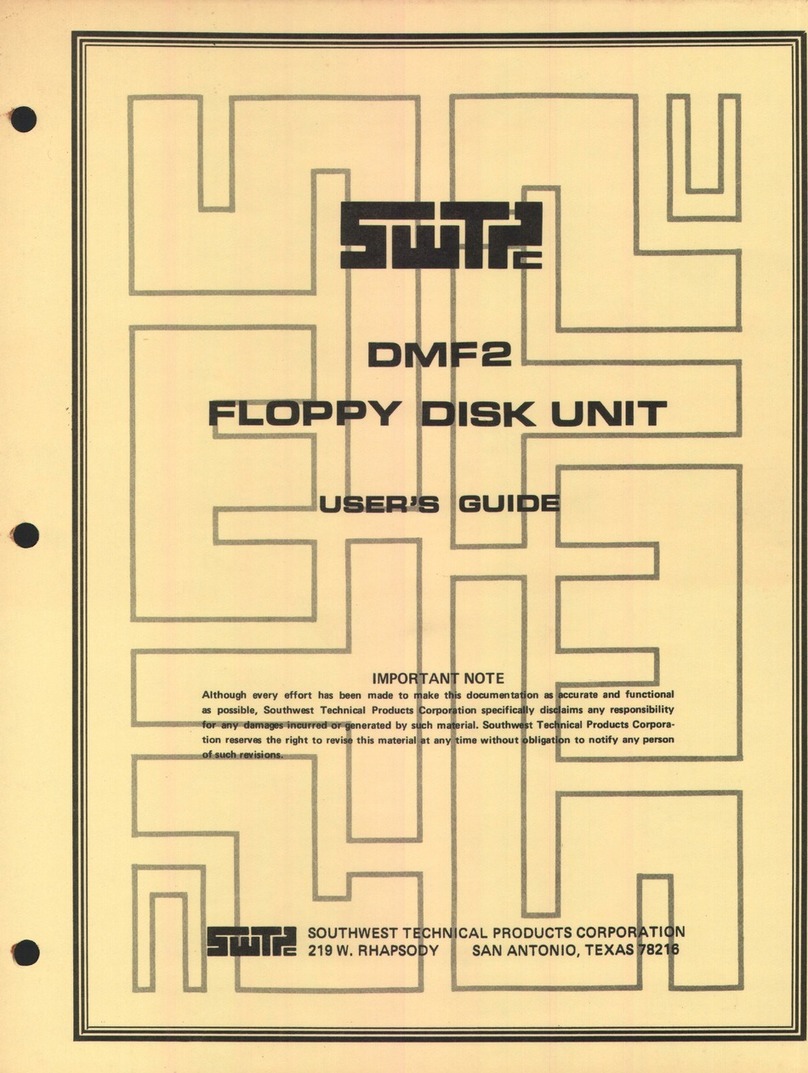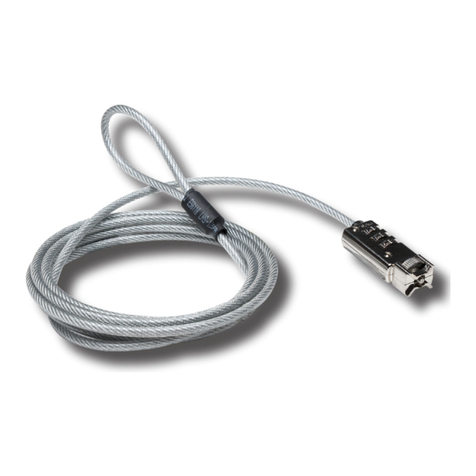Memorex RF5700 Series User manual

RF5700 Series
Wireless Keyboard & Mouse Bundle
User’s Guide
Version 1.0

The information in this document is subject to change without notice and does not represent a commitment
on the part of the vendor.
No warranty of representation, either expressed or implied, is made with respect to the quality, accuracy or
fitness for any particular purpose of this document. The manufacturer reserves the right to make changes to
the content of this document and/or the products associated with it at any time without obligation to notify
any person or organization of such changes.
In no event will the manufacturer be liable for direct, indirect, special, incidental or consequential damages
arising out of the use or inability to use this product or documentation, even if advised of the possibility of
such damages.
Copyright ©2001. All rights reserved
IBM, PC/AT and PS/2 are registered trademarks of International Business Machines Corporation.
Microsoft, Windows, and Windows NT are registered trademarks of Microsoft Corporation in the United
States of America and/or other countries.
All other trademarks are trademarks of their respective holders.

Table of Contents
1Introduction.................................................................................................1
What's in this package ..............................................................................1
2System Requirements ................................................................................2
3Hardware Installation ................................................................................3
4Software Installation ..................................................................................7
4.1 Keyboard Driver Installation..............................................................7
4.2 Mouse Driver Installation ...................................................................7
5Using Keyboard and Mouse .....................................................................8
5.1 Using the Keyboard............................................................................8
5.2 Using the Mouse Driver ......................................................................9
6Troubleshooting ........................................................................................10


1 Introduction
Congratulations on your purchase of a Memorex RF5700 series wireless
RF keyboard and mouse! This keyboard and mouse will finally free you of
the constraints of your desktop by providing a wireless connection
between your keyboard/mouse and your PC. Pass around the keyboard
or mouse during meetings without having to bother about a cable
blocking your way or write e-mails and surf the Internet from the comfort
of your living room couch!
The RF5700 series keyboard and mouse kit consists of a keyboard, a
mouse and a receiver. The receiver is connected to your PC through a
cable with both a keyboard and mouse connector. The keyboard and
mouse can operate freely within a radius of at least 4.92 feet from the
receiver, which itself has a maximum range from your PC of around 4.92
feet. Because the keyboard and mouse use radio frequencies to
transmit the wireless signal it has no constrictions on viewing angles such
as with infrared devices like your TV’s remote control, etc.
Besides providing unprecedented freedom of movement when
operating the keyboard or mouse, the kit also offers more extra
functionality by introducing dedicated buttons for often used Internet
browser functions as well as Sleep functions. (Please note: The Internet
keys work only under MicrosoftInternet Explorer 5.0 or later version!).
And last but not least, this package also provides a special driver, which
provides unique shortcut functions.
In order to enjoy your keyboard and mouse to their full potential we
recommended you read this manual carefully prior to installation.
What's in this package
A wireless keyboard with palmrest
A wireless mouse
A receiver
A driver CD
Batteries (2 pcs of AA; 2 pcs of AAA)
1

2 System Requirements
IBM PC or compatible
Available PS/2 keyboard port and mouse port.
CD-ROM or DVD drive
MicrosoftWindows95, Windows98, Windows NT4.0,
WindowsME or Windows2000 operating system
MicrosoftInternet Explorer 5.0 or later version (for the Internet keys)
Please refer to table below for the other system requirements for the
features.
Operating SystemFunction Description
Windows 95 /
Windows 98 /
Windows NT 4.0
Windows 2000 /
Windows ME /
Windows XP
Wireless functionality Available immediately
after hardware
installation
Available immediately
after hardware
installation
Keyboard extra
Multimedia buttons
Requires keyboard driver
installation (see driver
CD for details)
Available immediately
after hardware
installation
Keyboard extra ACPI
buttons
Requires enabling of
system ACPI (Power
Management) function
Available immediately
after hardware
installation
Mouse driver shortcut
function
Requires installation of
mouse driver (see driver
CD for details)
Available immediately
after hardware
installation
Battery Low
function
Requires installation of
keyboard driver (see
driver CD for details)
Requires installation of
keyboard driver (see
driver CD for details)
LED Light function Requires installation of
keyboard driver (see
driver CD for details)
Requires installation of
keyboard driver (see
driver CD for details)
2

3 Hardware Installation
Slide Switch Setting
Step 1: Make sure your PC is switched off.
Step 2: Take the receiver and select channel CH1 or CH2 by using the
slide switch on the back of the receiver. (Remember your
selection.)
Mouse Connector Keyboard Connector
Step 3: Connect the receiver to your PC by plugging in the receiver’s
PS/2 mouse connector into the mouse port of your PC and the
PS/2 keyboard connector into the keyboard port.
Bottom View of Slide Switch Setting
Step 4: Take the keyboard and make sure the batteries on the back are
installed correctly. (Follow the polarity signs in the battery
ID Button
Slide Switch
(+)
Battery 1.5V 2pcs
(-)
Bottom View of Keyboard
3

compartment.)
Step 5: Use the slide switch on the back of the keyboard to select the
same channel as the one selected in step 2 on the receiver.
Slide Switch Setting
Step 6: Take the mouse and make sure the batteries on the back are
installed correctly. (Follow the polarity signs in the battery
compartment.)
Bottom View of Mouse
Step 7: Use the slide switch in the battery compartment of the mouse to
select the same channel as the one selected in step 2 and 5.
(Open the battery cover to find the switch channel setting)
Remarks:
1. The keyboard uses 2pcs standard UM-3 (AA) 1.5V batteries, and the
mouse uses 2pcs UM-4 (AAA) 1.5V batteries.
Slide Switch Setting
2. Battery life is approximately 3-4 months, depending on the intensity of
usage.
4

3. Make sure the receiver is placed in a location relatively free of strong
electromagnetic or transmission sources in order to ensure optimal
reception of the keyboard and mouse signal.
ID Setting
Each channel contains 256 sets ID. This extra ID-recognition function
helps to protect against interference from other RF keyboards in the
same environment. After completing the hardware installation you
must set the ID’s of the receiver, mouse and keyboard.
Step 1: Press the ID button on the top of the receiver once.
ID But
Step 2: Press the ID button on the bottom of the mouse once.
ID Button of Mouse
ID Button
ton
ID Button of Receiver
Step 3: Press the ID button on the bottom of the keyboard once.
Remarks:
1. You must follow the procedure above to set the ID of receiver,
mouse and keyboard. Once the receiver ID button is pressed
you have 35 second to complete the entire process, or you will
need to begin again.
ID Button of Keyboard
ID Button
2
1
2. Once the keyboard and receiver are plugged in, the yellow
5

receiver light will flash. Once the ID is set, it will remain steadily
lit.
3. When changing the batteries of keyboard or mouse, there is no
need to reset all the ID’s. Simply reset one of them.
4. When the batteries are low, a battery low icon will show on
the right-bottom corner of the taskbar instead of the
KeyMaestro driver icon .
Detachable Palmrest
At your discretion, you may choose to connect the palmrest with
keyboard.
To connect the palmrest with the keyboard follow figure 1 & figure 2.
Connecting the detachable palmrest with the keyboard as figure 1 &
figure 2.
6
Fi
g
ure 1
Fi
g
ure 2

4 Software Installation
After finishing the hardware installation as described in this manual and
starting up your PC, you should be able to immediately take advantage
of the wireless function of the wireless keyboard and mouse. If the
keyboard and mouse are not working properly, see Chapter 6
Troubleshooting for tips on how to solve your problem.
4.1 Keyboard Driver Installation
If your operating system is Windows 2000, Windows ME or Windows
XP, you can immediately take advantage of the extra function
buttons on the keyboard (except ‘Battery Low’ and ‘LED Light’
functions). But, if your operating system is Windows 95, Windows 98
or Windows NT 4.0, you will have to install the keyboard driver
software to take advantage of these functions. The keyboard
driver program is located on the driver CD included in the box.
1. Insert the driver CD into your computers CD-ROM drive.
2. Run the setup.exe in the keyboard-driver directory of the
driver CD.
3. Follow the onscreen instructions to finish the installation
procedure.
4. For detailed information on how to install the driver, please
refer to the readme.htm file.
4.2 Mouse Driver Installation
In order to take advantage of the special shortcut button
functionality of the mouse you will have to install the mouse driver
which is located on the driver CD included in the box.
1. Make sure the driver CD is in your computers CD-ROM drive.
2. Run the setup.exe in the mouse-driver directory of the driver
disk.
3. Follow the on screen instructions to finish the installation
procedure.
7

5 Using the Keyboard and Mouse
5.1 Using the Keyboard
Besides the usual keyboard keys the RF5700 keyboard also has
extra dedicated keys, which provide the following multimedia
functionality:
Please note: In order to use these keys under Windows 95, Windows
98 or Windows NT 4.0 it is necessary to have the keyboard driver
installed. Please refer to Chapter 4 for more information.
Function Buttons:
Power Off Turns the computer off
Sleep Places the computer in Sleep Mode
Wake Up Wakes the computer from Sleep Mode
WWW * Opens the default internet browser on the
machine
Search WWW
*
Opens the internet search menu
Favorites
Folder
Opens the internet favorites folder
Back * Displays the previously viewed page
Forward * To view the page displayed before clicking
the Back Button
Email Opens the default email program
Volume
Control
Adjusts the volume up and down
Stop Stops the audio and resets the tracks to the
fi t t k i th
8

first track in the sequence
Mute Mutes the sound
Next/Fast
Forward
Advances to the next audio track
Play/Pause Begins audio tracks, pause will temporarily
stop the track from playing
Previous/Fast
Backward
Advances to the previous audio track
5.2 Using the Mouse Driver
After installing the mouse driver as described in Chapter 4 you will
be able to startup the Mouse Control Panel by right clicking on the
Mouse in the Windows task bar. This should appear after
restarting your machine.
9

6 Troubleshooting
If you are experiencing problems with your keyboard or mouse please
check the following:
1. Take out the receiver’s connector and check both the receiver’s
mouse and keyboard plug for possible broken pins. If the plugs
appear normal then reinsert the plugs into their respective
connectors on your PC.
2. Make sure the mouse plug is inserted in the mouse connector on
your PC and the keyboard plug is inserted into the keyboard
connector on your PC. Compare the icons on both the cable and
backside of your PC if necessary.
3. Check to see if the batteries in the keyboard and mouse are
installed correctly. Make sure the polarity of the batteries
corresponds with the polarity signs in the battery compartment.
4. Replace the batteries to make sure the batteries are not low in
power.
5. Check to see if the channel switch for the receiver, keyboard and
mouse are set to the same channel. Try the alternate channel for
the receiver, keyboard and mouse in case the initially selected
channel appears to work improperly, other devices in the vicinity of
the receiver may cause interference.
6. It is strongly recommended to place the receiver in front of the
monitor in order to prevent signal disturbance from the monitor.
7. If your PC system’s BIOS setup has options for the keyboard or
mouse - make sure they are set to default settings. If you are not
familiar with the BIOS, refer to your PC’s manual for more
information.
8. If you have problems using the sleep button - make sure that the
power management in your PC has been enabled both in the BIOS
and in Windows. For more information on your PC’s BIOS settings -
refer to your PC’s manual. For more information on how to enable
the power management features in Windows - refer to your
Windows manual.
9. If you have problems using the extra browser buttons and/or the
special mouse functions - make sure you have installed the
keyboard and mouse driver correctly as described in this manual’s
10

Chapter 4: Software Installation. Also check your hardware
requirements meet those listed in this manual
10. Use the mouse only on a clean, flat, non-slippery surface in order to
ensure smooth and accurate cursor action.
11. Keep all items away from direct sunlight, moisture, dirt, extreme
heat and abrasive chemical (cleaning) solutions.
12. Should the receiver, the keyboard or mouse become accidentally
immersed or splashed by liquids, switch off your PC immediately,
unplug all items and refer to your dealer for further assistance. In
these cases please refrain from using any of the items before
consulting with your dealer !
If above troubleshooting suggestions do not solve your problem contact
Memorex Technical Supportat:877-Is it live Monday-Friday 9am-6pm
pacific standard time, or via email at [email protected].
You may also visit us online at www.memorex.com.
11


封底內頁
FCC GUIDELINES
This equipment has been tested and found to comply with the limits for a Class B digital device, pursuant to
Part 15 of the FCC Rules. These limits are designed to provide reasonable protection against harmful
interference in a residential installation. This equipment generates, uses and can radiate radio frequency
energy and, if not installed and used in accordance with the instructions may cause harmful interference to
radio communications. However, there is no guarantee that interference will not occur in a particular
installation. If this equipment does cause harmful interference to radio or television reception, which can be
determined by turning the equipment off and on, the user is encouraged to try to correct the interference by
one or more of the following measures:
Reorient or relocate the receiving antenna
Increase the separation between the equipment and receiver
Connect the equipment into an outlet on a circuit different from that to which the receiver is
connected.
Consult the dealer or an experienced radio/TV technician for help.
The Class B digital apparatus meets all requirements of the Canadian Interference-Causing Equipment
Regulation.
Cet appareil numerique de la class B respecte toutes les exigences du Règlement sur le materiel brouilleur du
Canada.
Caution:
Any changes or modifications not expressly approved by the party responsible for compliance could
void the user's authority to operate this equipment. Shielded interface cable, if any, must be used in
order to comply with emission limits.
Other manuals for RF5700 Series
1
Table of contents
Other Memorex Computer Accessories manuals

